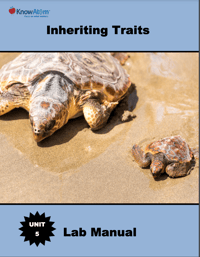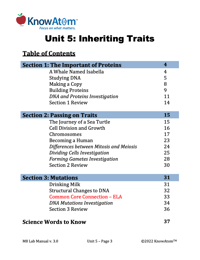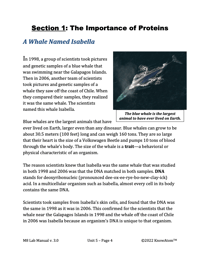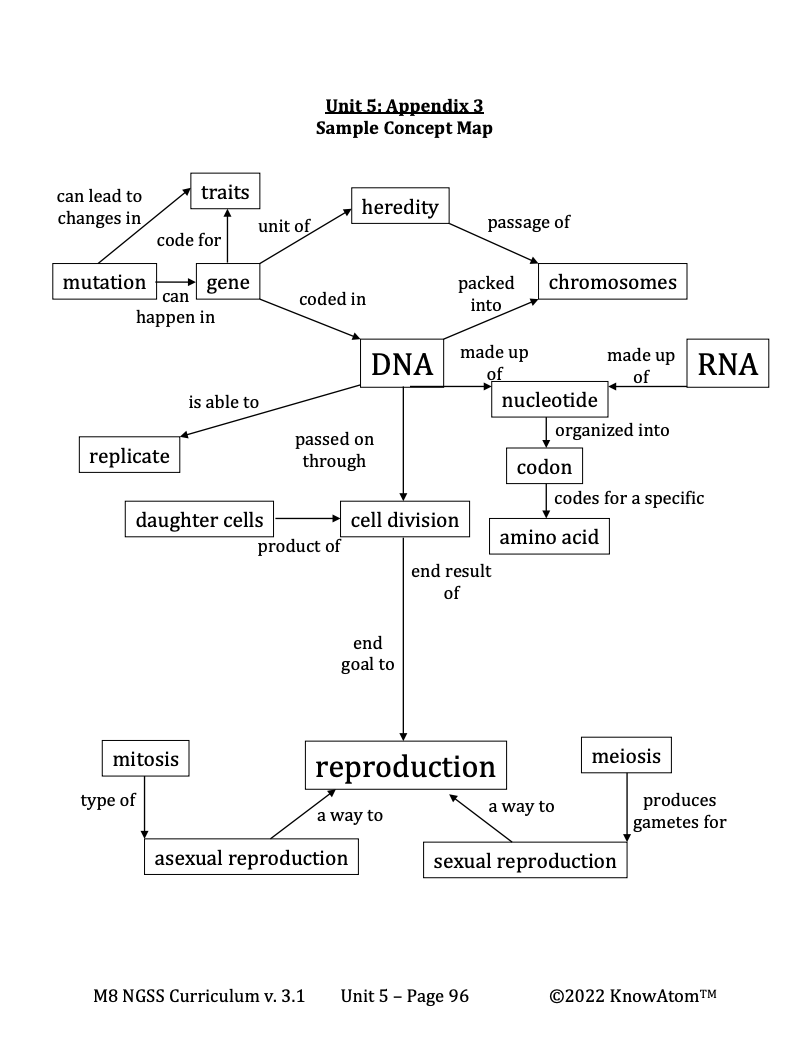Once students understand how DNA holds the instructions for making proteins and how DNA gets passed down from parents to offspring, students apply what they know to analyze how sometimes changes happen to the sequence of nucleotides, which results in the phenomena of genetic mutations. These mutations can be neutral, harmful, or beneficial.








